Hybrid education, which combines face -to -line and online learning, has gained ground in recent years as a flexible model that adapts to various educational needs. This approach requires technological platforms that facilitate communication, resource management and interaction between students and teachers. Next, we will analyze some of the best technological platforms for hybrid education, highlighting its main characteristics, advantages and practical uses in the classroom.
1. Google Classroom
Main characteristics:
Google Classroom is one of the most popular platforms for learning management. Designed to facilitate the interaction between students and teachers, it offers tools such as task allocation, real -time feedback and integration with other Google applications, such as Google Docs, Drive and Meet.
Advantages:
- Ease of use: Its intuitive interface allows teachers and students to sail easily.
- Multiplatform access: Available from any device with Internet connection.
- Real -time collaboration: Students can work together in shared documents and receive immediate feedback.
- Gratuitous: For educational institutions, Google Classroom is an economic option.
Use cases:
Google Classroom is ideal for coordinating hybrid activities, such as delivering online tasks while face -to -face discussions. In addition, it allows teachers to program virtual meetings through Google Meet.
2. Moodle
Main characteristics:
Moodle is an open source platform that allows total customization according to the needs of each educational institution. It offers a wide range of tools for teaching and learning, including discussion forums, online evaluations and student progress analysis.
Advantages:
- Flexibility: Its open source nature allows schools to adapt it to their infrastructure.
- Scalability: It works well for institutions of any size, from small schools to universities.
- Advanced tools: Includes modules for the creation of courses, activity management and learning monitoring.
- Security: It offers advanced privacy and data protection options.
Use cases:
Moodle is particularly useful in hybrid programs that require detailed monitoring of students' progress, such as university courses or business training.
3. Microsoft Teams
Main characteristics:
Microsoft Teams has evolved beyond being a business communication tool to become a complete educational solution. It offers functions for videoconferences, file storage, chats and integration with Microsoft 365.
Advantages:
- Complete integration: It connects perfectly with applications such as Word, Excel, PowerPoint and Onenote.
- Collaboration spaces: The equipment can be organized by classes or projects.
- Robust videoconferences: It allows online meetings with functions such as recordings and automatic transcripts.
- Security and compliance: It meets privacy standards and data protection.
Use cases:
Microsoft Teams is ideal for hybrid activities that require collaborative work, such as group projects in which students can work simultaneously in shared documents and communicate in real time.
4. Zoom
Main characteristics:
Zoom is a videoconferences platform widely used in education. Although its main approach is virtual communication, it has incorporated tools for teaching, such as virtual blackboards, group work rooms (Breakout Rooms) and real -time surveys.
Advantages:
- High video quality and audio: It offers a fluid experience even with limited connections.
- Work rooms: It facilitates the division of students into small groups for specific activities.
- Ease of access: Participants can easily join from any device.
- Interactive functions: Surveys and reactions in real time encourage participation.
Use cases:
Zoom is ideal for synchronous teaching sessions in the hybrid model, such as virtual master classes, workshops or advice meetings.
5. EDMODE
Main characteristics:
Edmodo is an educational platform designed for communication and the exchange of resources between students, teachers and families. Its design, similar to a social network, facilitates intuitive use for all users.
Advantages:
- Focus on interaction: It encourages constant communication between members of the educational community.
- Shared resources: Teachers can raise, organize and distribute learning materials easily.
- Compatibility with mobile devices: Its application allows access from smartphones and tablets.
- Connection with families: Parents may be aware of their children's progress.
Use cases:
Edmodo is useful for complementing hybrid activities by sending advertisements, study materials and assignments, keeping students and parents informed.
6. Canvas
Main characteristics:
Canvas is a robust and modern learning management platform (LMS), used by institutions around the world. It offers advanced customization tools, data analytics and mobile learning options.
Advantages:
- Friendly interface: Its design is attractive and easy to use.
- Personalization: Teachers can adapt their courses according to the specific needs of the students.
- Detailed analysis: It allows monitoring the performance of students with advanced metrics.
- Integration with other platforms: Compatible with Google Drive, Zoom and more.
Use cases:
Canvas is ideal for institutions that seek a whole-in-one solution to manage hybrid courses with an approach to analytics and customization.
Conclusion
Technological platforms are fundamental for the success of hybrid education, providing the necessary tools to manage, communicate and collaborate in a mixed environment. Each platform mentioned has unique characteristics that make it adequate for different educational contexts.
For schools that prioritize simplicity and cost: Google Classroom and Edmodo are outstanding options.
For institutions with advanced needs: Moodle and Canvas offer detailed customization and analysis.
For environments that require robust communication: Microsoft Teams and Zoom lead in this area.
The choice of the platform will depend on the specific needs of the institution, the available resources and the desired level of integration. However, the essential thing is that these tools are used to facilitate effective, inclusive and enriching learning, both online and in the classroom.
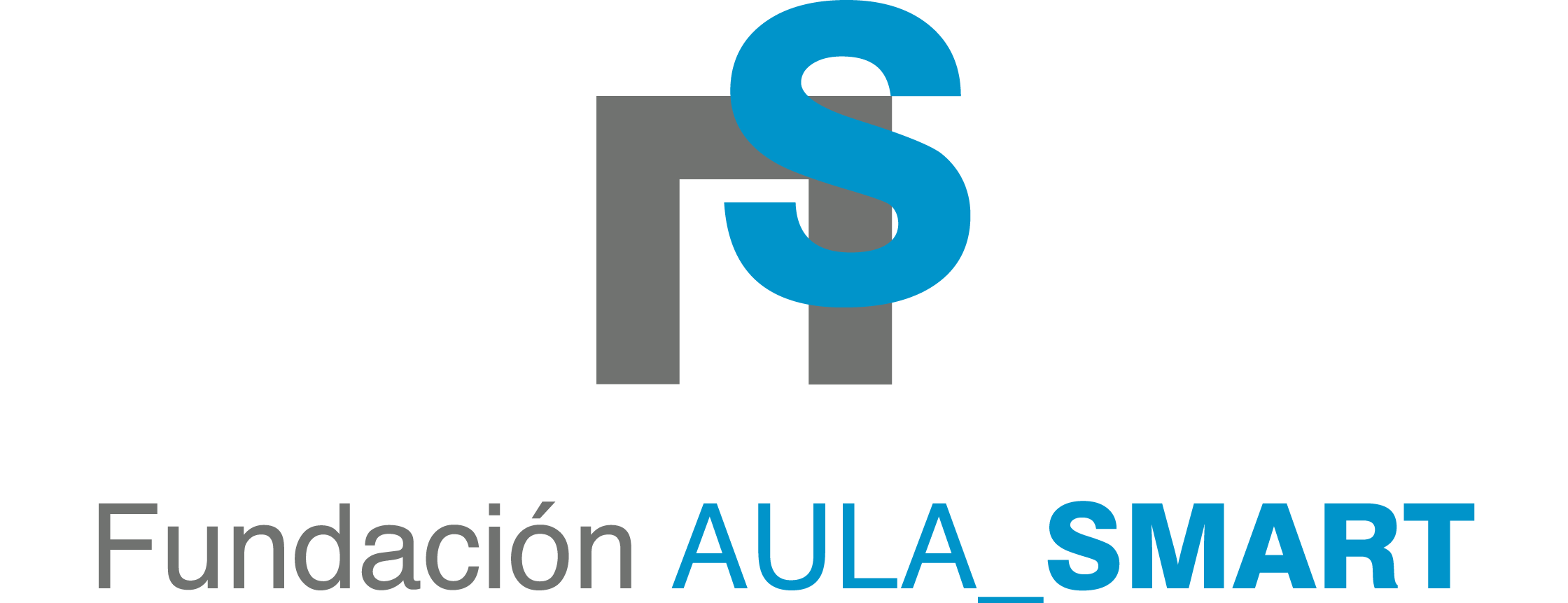


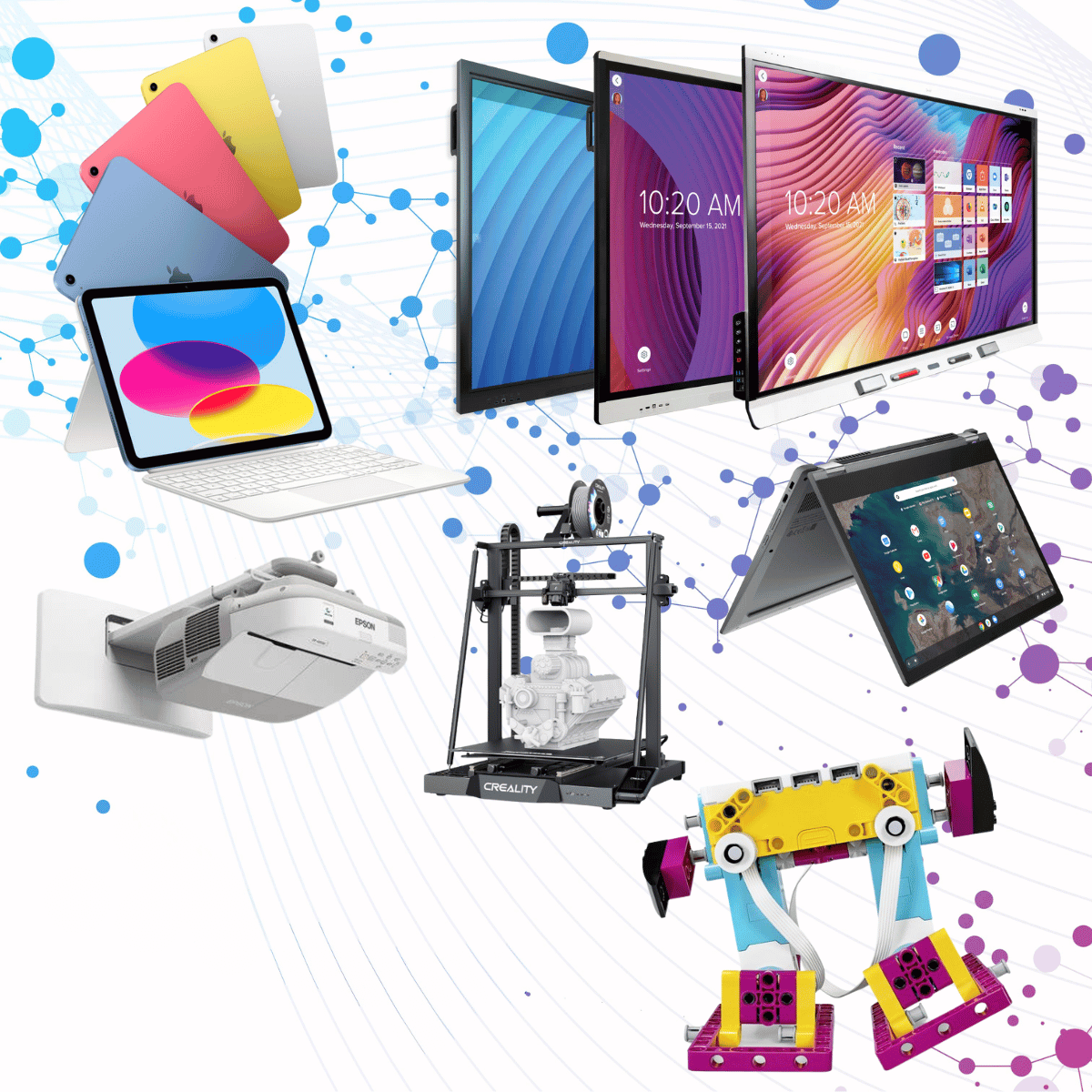





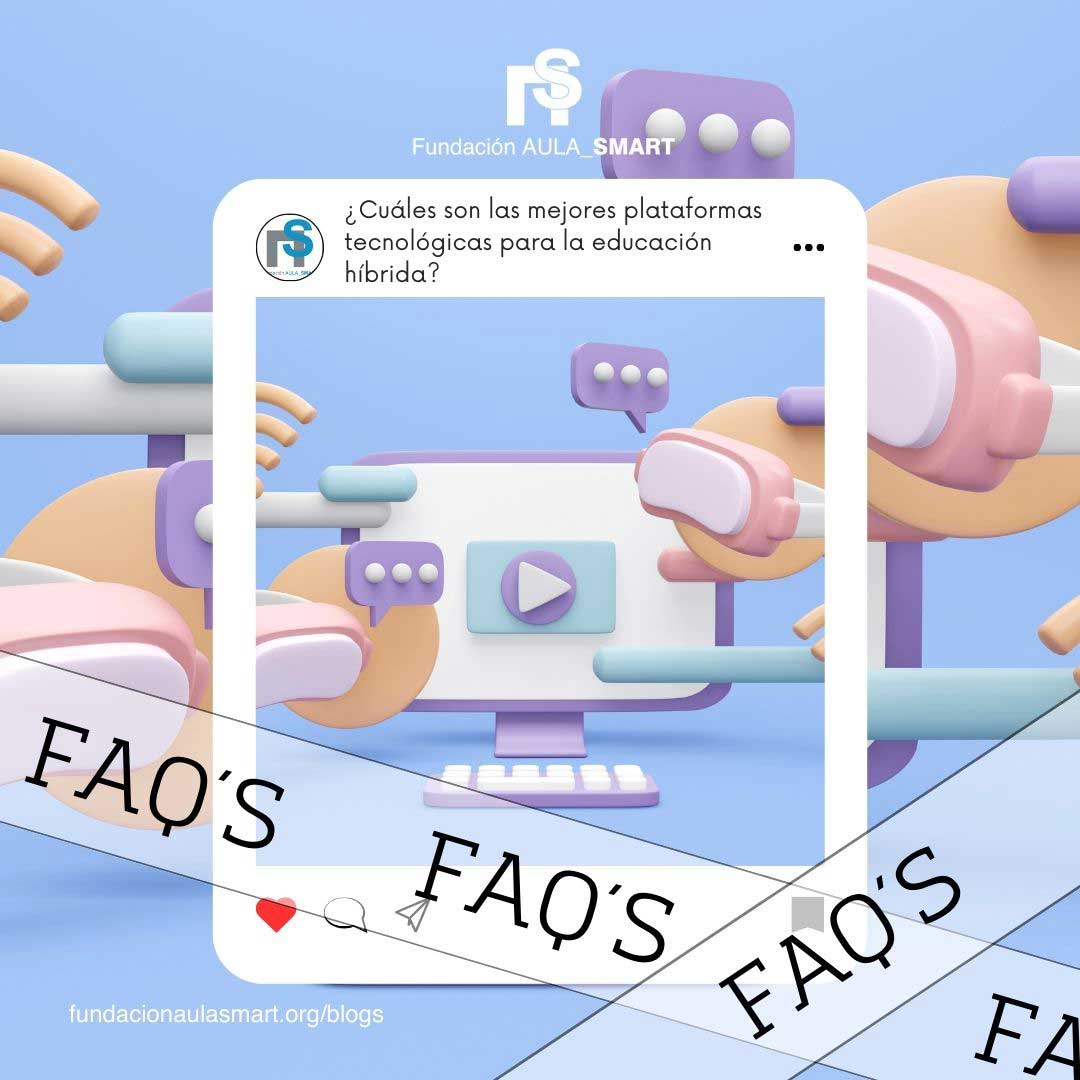

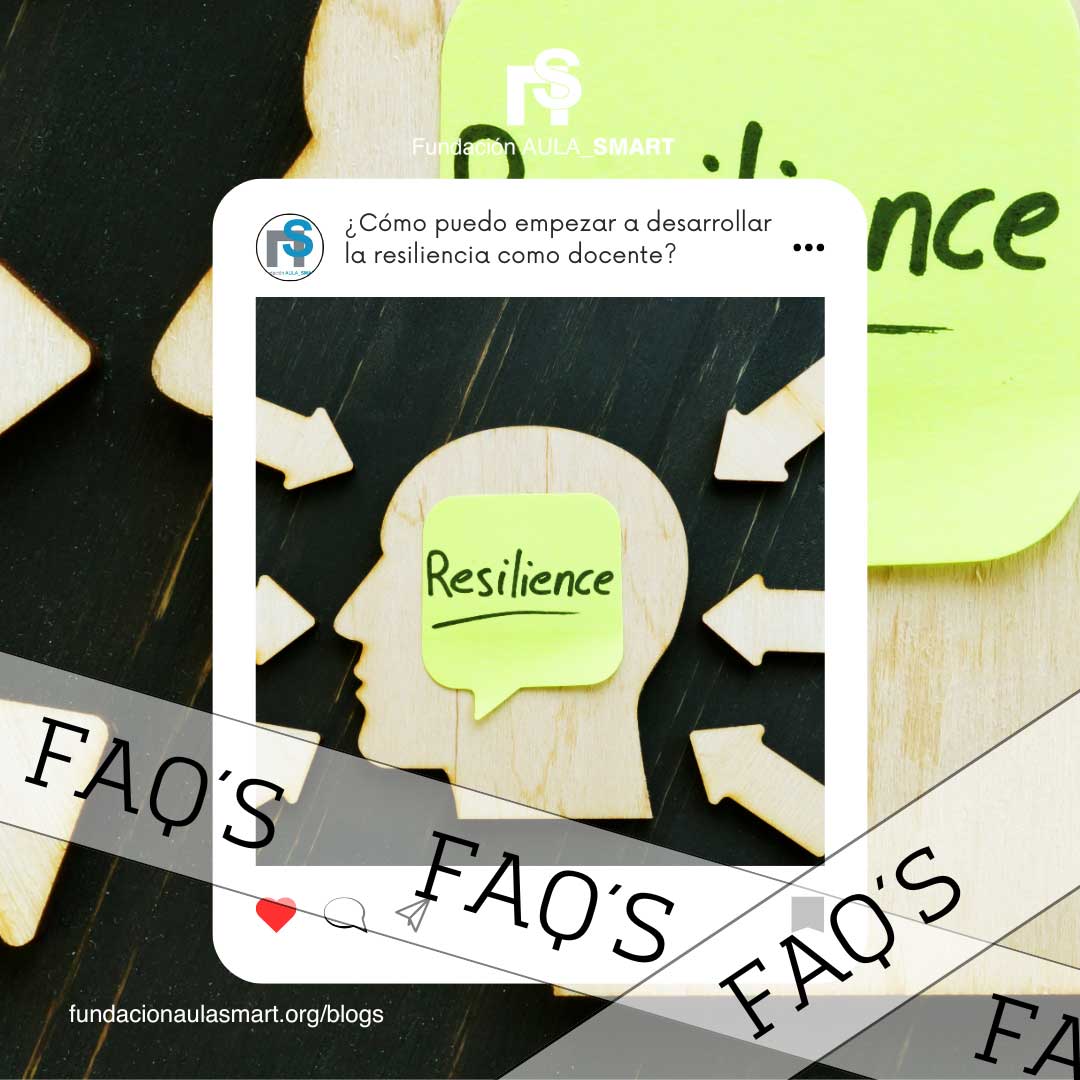


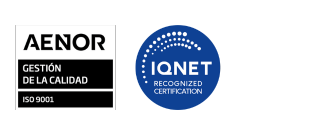



Leave a comment
All comments are moderated before being published.
This site is protected by hCaptcha and the hCaptcha Privacy Policy and Terms of Service apply.